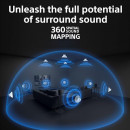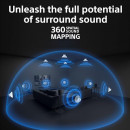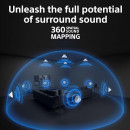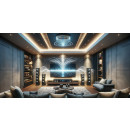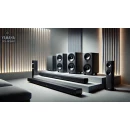Home > Story & Reviews > How does 360 Spatial Sound Mapping compare to traditional su...
How does 360 Spatial Sound Mapping compare to traditional surround sound systems?
Tagged in: #sony-bravia-theatre-bar, #best-soundbar-with-dolby-atmos,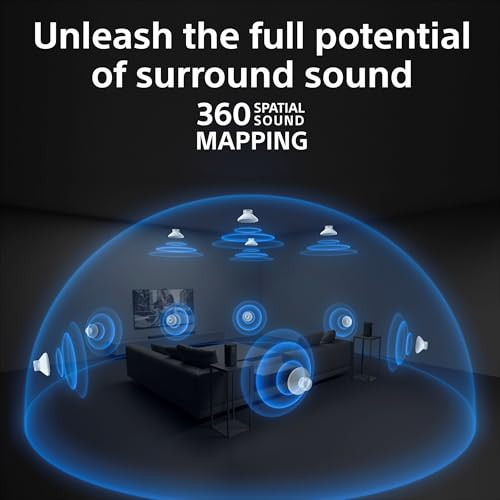
360 Spatial Sound Mapping technology represents a significant advancement in audio design compared to traditional surround sound systems. Here’s how it stacks up against conventional setups:
Comparison of 360 Spatial Sound Mapping and Traditional Surround Sound Systems
| Feature | 360 Spatial Sound Mapping | Traditional Surround Sound Systems |
|---|---|---|
| Speaker Configuration | Utilizes a limited number of speakers (e.g., 4) to create multiple phantom speakers (up to 12) through advanced processing. | Requires multiple physical speakers (usually at least 5.1 or 7.1 setup) placed strategically around the room. |
| Sound Field Coverage | Provides wider sound coverage by reflecting sound off walls and ceilings, creating an immersive environment. | Limited by the physical placement of speakers; may not fill the room evenly, depending on setup. |
| Installation Complexity | Easier installation with fewer components; can be set up in various room configurations without extensive wiring. | More complex installation requiring careful positioning of multiple speakers and wiring. |
| Room Calibration | Features automated calibration (Sound Field Optimization) that adjusts audio output based on room acoustics and listener position. | Calibration often requires manual adjustments or specialized equipment to optimize sound for the room. |
| Immersive Experience | Creates a more enveloping sound experience using phantom speakers, enhancing the perception of height and directionality in audio. | While immersive, traditional systems rely on physical speaker placement, which can limit the spatial experience if not done correctly. |
| Cost Efficiency | Generally more cost-effective as it reduces the need for numerous speakers and complex setups. | Higher cost due to the need for multiple physical speakers and possibly additional amplification equipment. |
| Flexibility in Use | Can easily adapt to different types of content (movies, gaming, music) with consistent performance across formats like Dolby Atmos and DTS:X. | Performance can vary significantly based on content type and speaker configuration; may require specific setups for optimal results in different use cases. |
Conclusion
While traditional surround sound systems can provide excellent audio quality, they often require significant investment in both equipment and installation effort. In contrast, 360 Spatial Sound Mapping offers a more flexible, user-friendly solution that delivers immersive sound experiences without the complexity of a full surround system setup. This makes it an appealing choice for those seeking high-quality audio in a compact form factor, particularly in environments where space is limited or where ease of use is a priority


Related Products:









Related Product Stories
Recent Product Stories & Reviews
